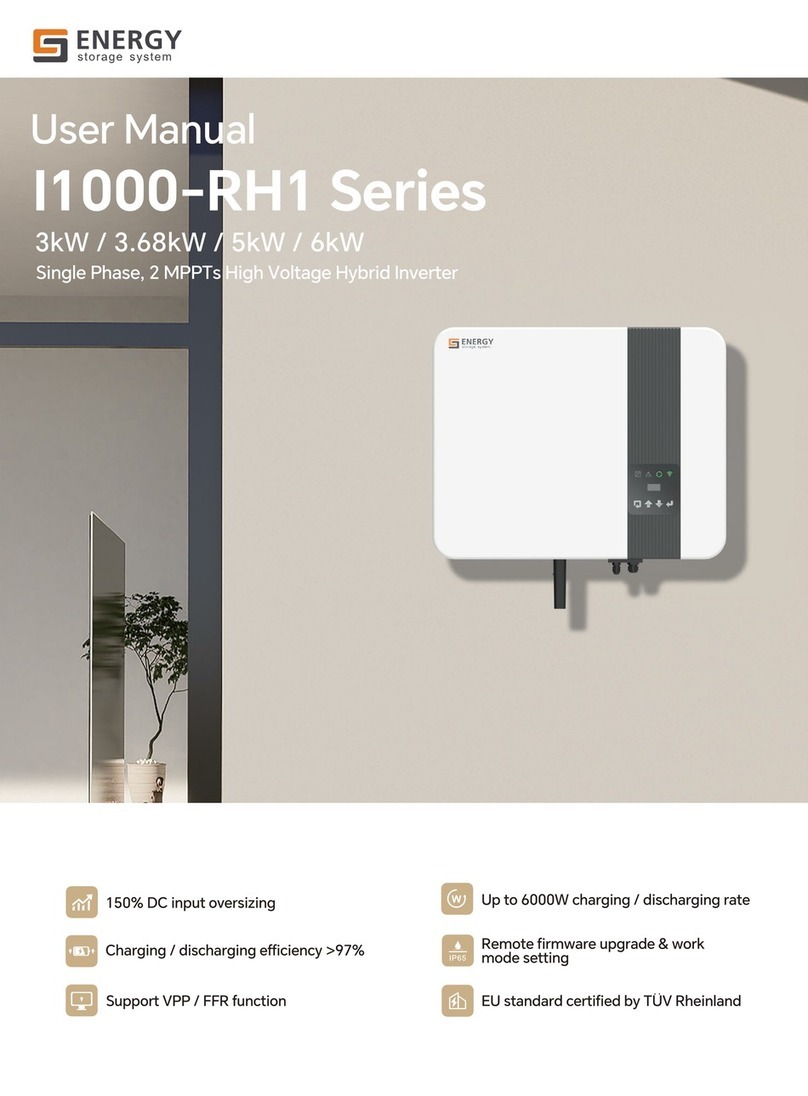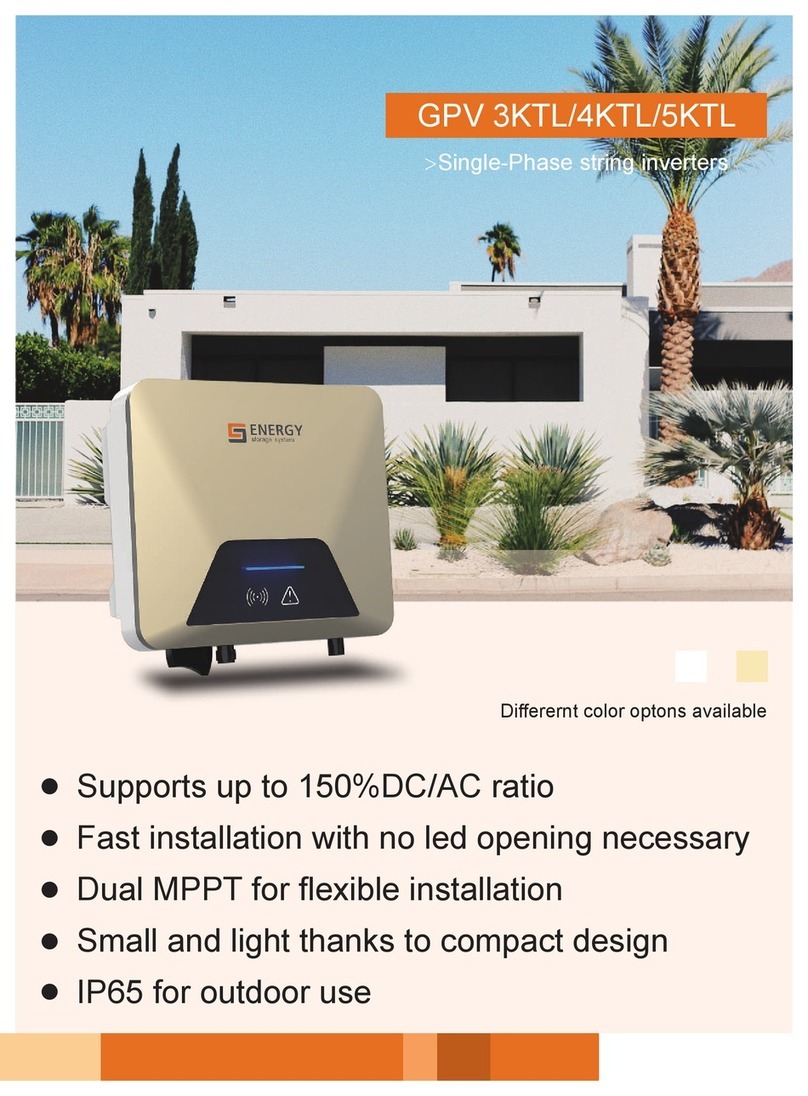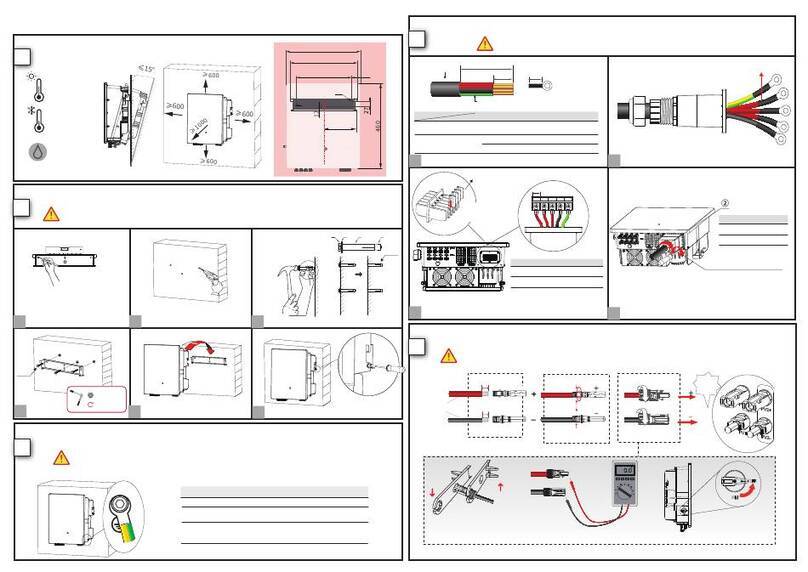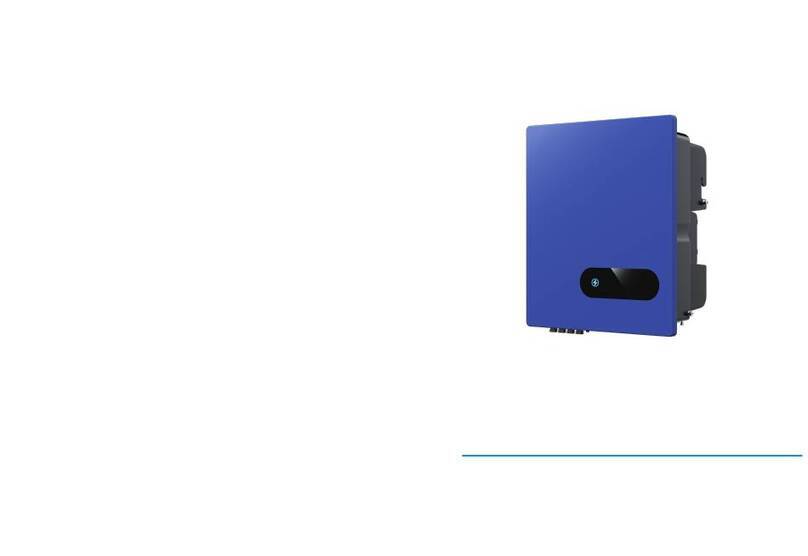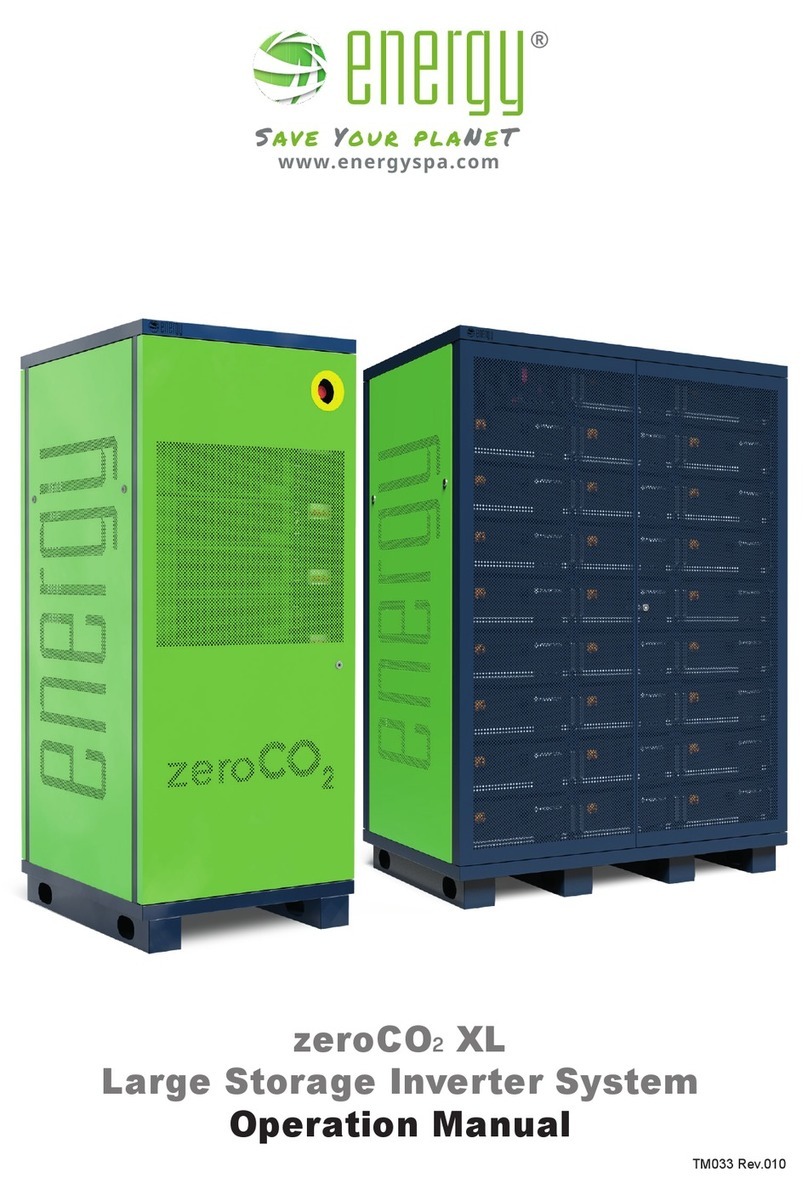
. 4 .
Table of contents
1. About this manual ......................................................................................... 6
1.1 Purpose.................................................................................................. 6
1.2 Scope..................................................................................................... 6
2. Safety instructions........................................................................................ 7
2.1 Safety standards .................................................................................... 7
3. Introduction ................................................................................................... 8
3.1 Features ................................................................................................. 8
3.2 Basic System Architecture ..................................................................... 8
3.3 Product Overview................................................................................... 9
4. Installation ....................................................................................................10
4.1 Unpacking and Inspection.....................................................................10
4.2 Preparation............................................................................................10
4.3 Mounting the Unit..................................................................................11
4.4 Battery Connection ...............................................................................12
4.5 AC Input/Output Connection.................................................................14
4.6 PV Connection ......................................................................................16
4.6.1 PV Module Selection ............................................................................. 17
4.7 Final Assembly......................................................................................18
4.8 Communication Connection..................................................................18
4.8.1 Serial Connection .................................................................................. 18
4.8.2 Wi-Fi Connection ................................................................................... 18
4.8.3 BMS Communication ............................................................................. 18
4.9 Dry Contact Signal............................................................................... 20
5. Operation ......................................................................................................21
5.1 Power ON/OFF .....................................................................................21
5.2 Operation and Display Panel ................................................................21
5.3 LCD Display Icons................................................................................ 22
5.4 LCD Setting.......................................................................................... 26
5.4.1 General Setting......................................................................................26
5.5 USB Function Setting........................................................................... 39
5.6 LCD Display ..........................................................................................41
5.7 Operating Mode Description ................................................................ 49
5.8 Faults Reference Code ........................................................................ 53
5.9 Warning Indicator................................................................................. 54
5.10 Battery equalization ........................................................................... 55
6. Specications.............................................................................................. 57
7. Trouble shooting ......................................................................................... 60
Appendix I: Parallel function.......................................................................... 62
Appendix II: BMS Communication Installation .............................................. 82
Appendix III: Wi-Fi Operation Guide ..............................................................91







